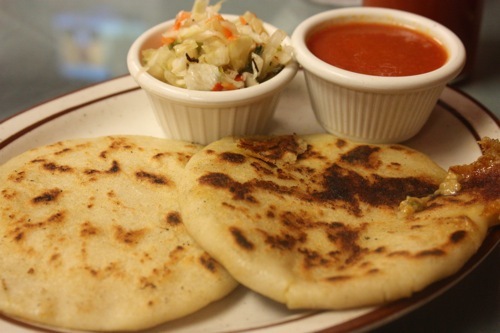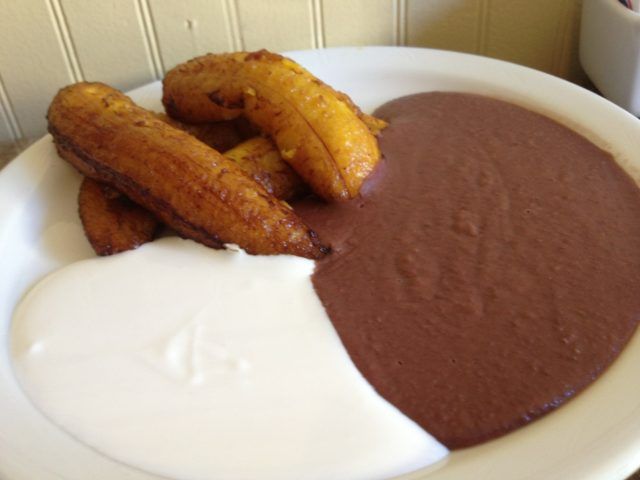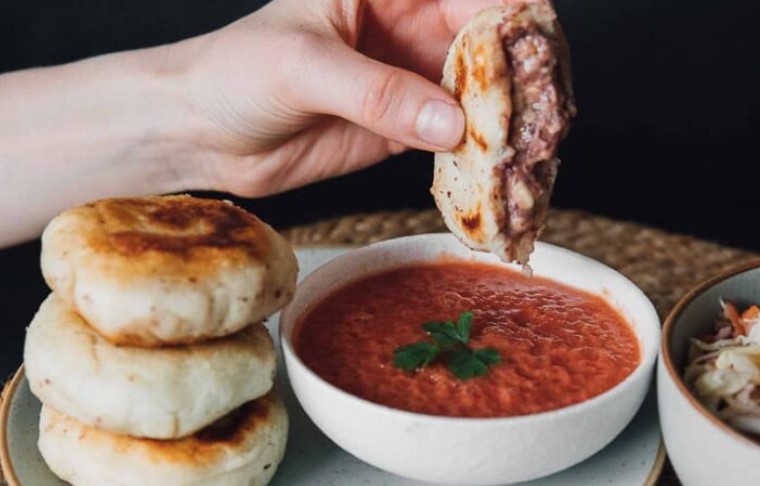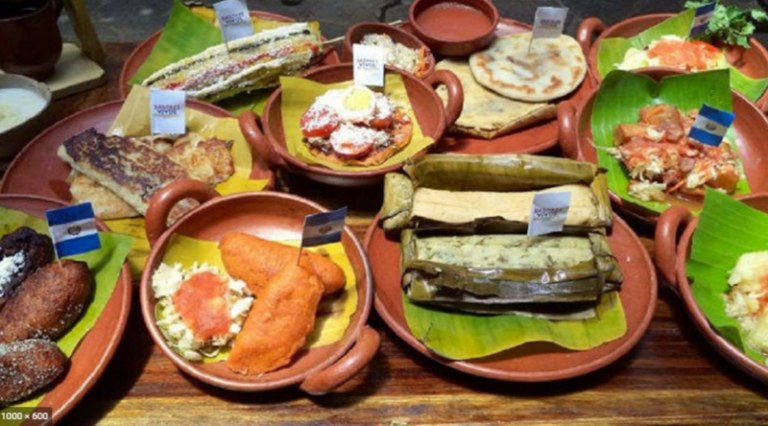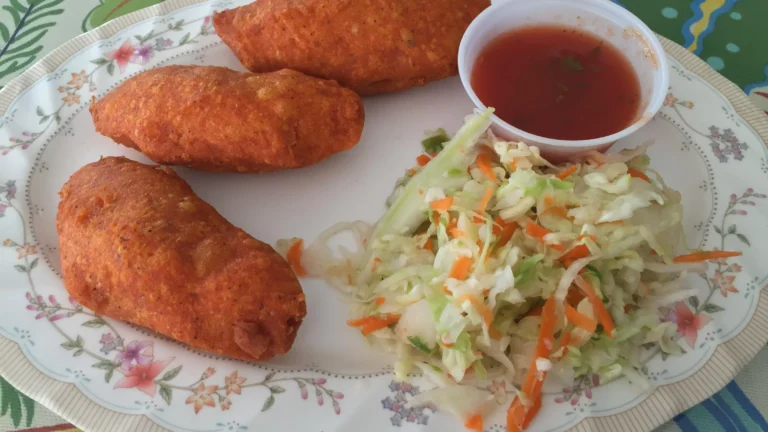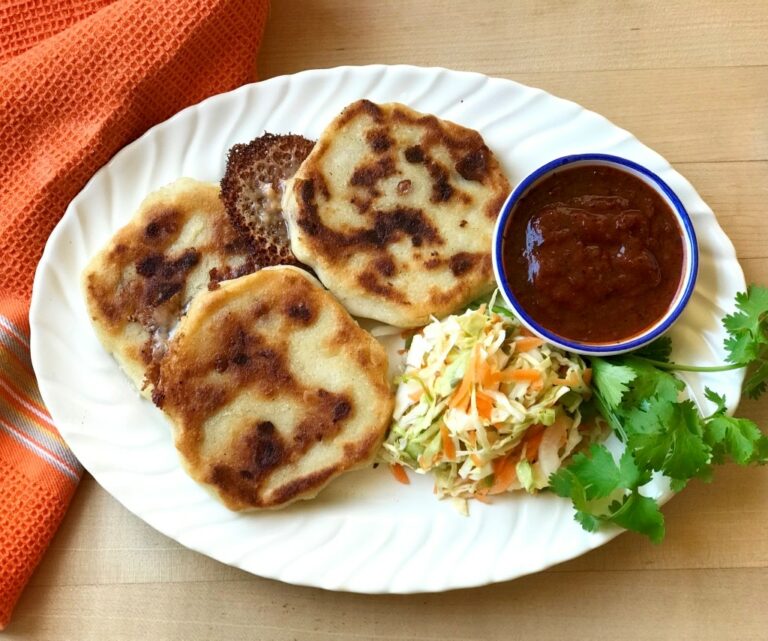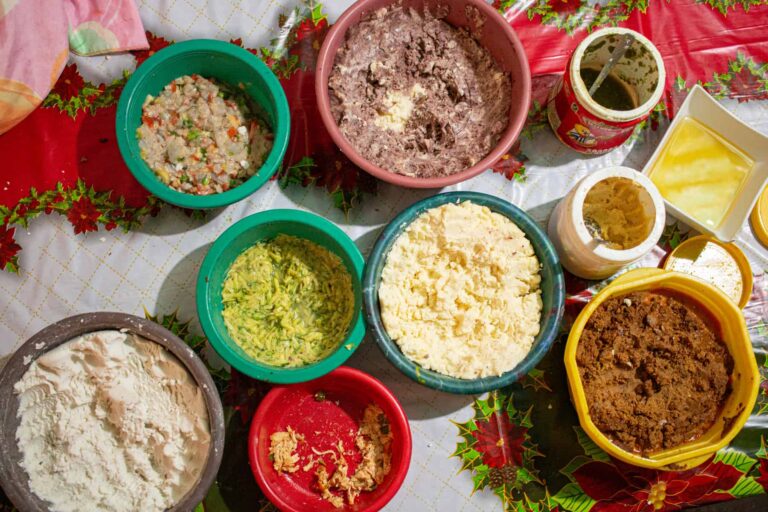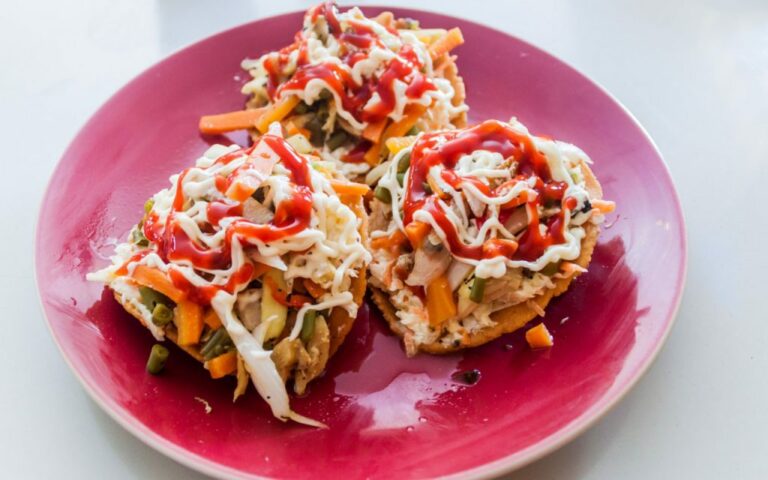El Salvadoran Street Food Culture
El Salvadoran street food is not only delicious but also a significant part of the country’s culture. It reflects the combination of indigenous, Spanish, and African influences that have shaped the country’s cuisine. El Salvadoran street food is known for its simplicity, bold flavors, and use of fresh ingredients, making it a popular choice for locals and visitors alike.
Street Food Festivals and Events
El Salvador has a strong street food culture, and there are several street food festivals and events held throughout the year. These events are a celebration of the country’s food culture and a showcase of the diverse range of dishes that are available on the streets of El Salvador. From small neighborhood events to large-scale festivals, there is something for everyone.
Popular Street Food Dishes in El Salvador
Pupusas are the most famous street food in El Salvador. These are thick, handmade tortillas that are stuffed with cheese, beans, meat, or a combination of these ingredients. Other popular street foods in El Salvador include tamales, empanadas, yuca frita, and churros. These dishes are made using fresh, local ingredients, and are typically sold by street vendors in bustling marketplaces or on busy street corners.
The Role of Street Food in El Salvadoran Cuisine
Street food plays a vital role in El Salvadoran cuisine. It is an essential part of the country’s culture and is deeply ingrained in the daily lives of locals. Street food is often seen as a quick and affordable meal option, and it provides an opportunity for people to connect with each other and their community.
Top Street Food Festivals in El Salvador
One of the most popular street food festivals in El Salvador is the Festival de la Pupusa, which takes place in Olocuilta every year. This festival celebrates the country’s national dish, the pupusa, and attracts thousands of visitors from all over the world. Other popular street food festivals in El Salvador include the Festival de la Empanada in Ahuachapán and the Festival del Maíz in San Juan Opico.
El Salvadoran Street Food Festivals Around the World
El Salvadoran street food festivals are not just limited to the country itself. There are several festivals held around the world that celebrate the cuisine and culture of El Salvador. These festivals provide an opportunity for people to experience the flavors of El Salvador without leaving their own country.
What to Expect at El Salvadoran Street Food Festivals
At El Salvadoran street food festivals, you can expect to find a variety of traditional dishes, including pupusas, tamales, empanadas, and churros. There will also be live music and entertainment, as well as arts and crafts vendors selling handmade goods. These festivals are a great way to experience the vibrant culture of El Salvador and connect with the local community.
Experience El Salvadoran Street Food at Home
If you can’t make it to El Salvador or one of its street food festivals, you can still experience the cuisine at home. Many El Salvadoran street food dishes are easy to make and require only a few ingredients. You can find recipes online or in cookbooks, and you can even source authentic ingredients from specialty stores or online retailers. Cooking and enjoying El Salvadoran street food at home is a great way to connect with the culture and flavors of this fascinating country.

